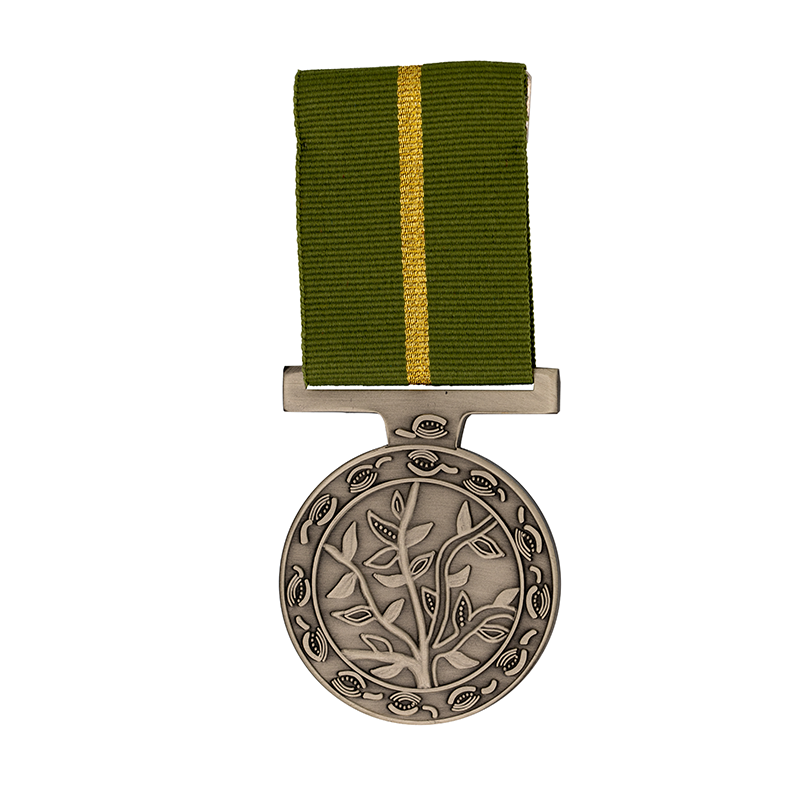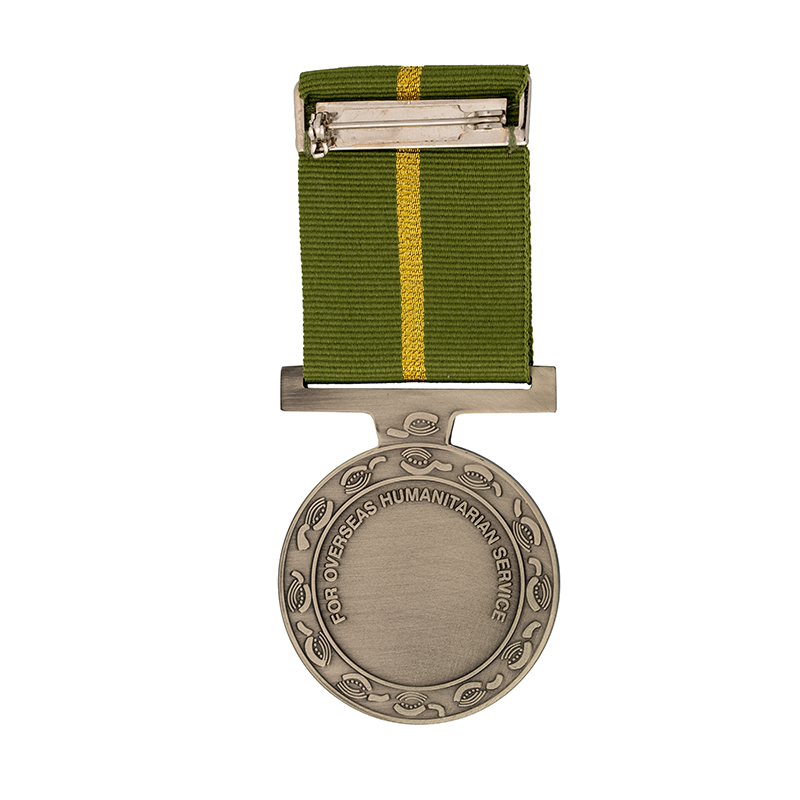

How it is awarded
The Humanitarian Overseas Service Medal is awarded under the Humanitarian Overseas Service Medal Regulations. The Governor-General, on the recommendation of the Secretary of the Department of the Prime Minister and Cabinet, may make the award to a person who meets the eligibility criteria set out in each event declaration.
Applications for the Humanitarian Overseas Service Medal may only be made for members of eligible organisations for declared events and must be endorsed through an accompanying document of verified activity submitted by the eligible deploying organisation.
Which organisations are eligible?
Eligible organisations vary for each declared operation, and are listed in the Declarations made under the Humanitarian Overseas Service Medal Regulations.
Declarations can be found on the Governor-General’s website.
How to apply?
Where an eligible deploying organisation has been listed in an event declaration, those organisations will be invited to submit verified applications on behalf of nominees deployed by that organisation on the declared operation (the eligible organisation’s application).
In circumstances where an individual may not have been included in the eligible organisation’s application’, those individuals may submit an application form.
All individual nomination applications are required to be verified by the Chief Officer of the eligible deploying organisation.
Any enquiries regarding eligibility for the Humanitarian Overseas Service Medal should be made to the deploying organisation in the first instance. Only one medal can be awarded to an individual, however, additional clasps may be awarded for eligible service in a different operational area. There is no post-nominal.
History
The Humanitarian Overseas Service Medal was introduced following the Review of Australian Honours and Awards, which reported in late 1995.
The Humanitarian Overseas Service Medal was established on 16 April 1999 by Letters Patent. Regulations were made in 2005 to enable recognition of humanitarian service provided in response to natural disasters overseas. In 2011 existing regulations were consolidated, the provisions relating to assessing eligible organisations were strengthened and the benchmark for assessing natural disaster operations clarified.
The Letters Patent, regulations and clasps for declared events are listed on the Governor-General’s website.
Medal design
The central symbol of the Humanitarian Overseas Service Medal is an Australian eucalyptus tree. The branches spread from the Australian land at the base of the medal to the world, which is represented by a circle.
A ring of gum nuts surrounds the circle symbolising hope and life after disaster. Like the Australian eucalyptus seeds, which regenerate following bushfires, humanitarian service assists the recovery and continuation of life.
The back of the medal repeats the ring of gum nuts, and details the award and recipient.
The Humanitarian Overseas Service Medal draws its inspiration from Indigenous motifs. It was designed by Balarinji of Sydney.
Medal ribbon
The colours of the ribbon are gold and eucalyptus green. Gold symbolises the Australian sun, optimism and hope. Eucalyptus green continues the regeneration symbolism of the medal design.
